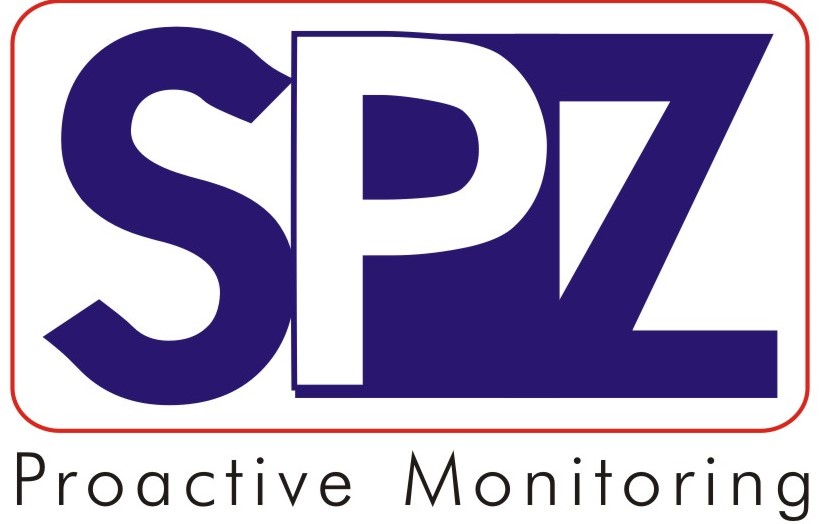Energy Monitoring Solution (EMS)
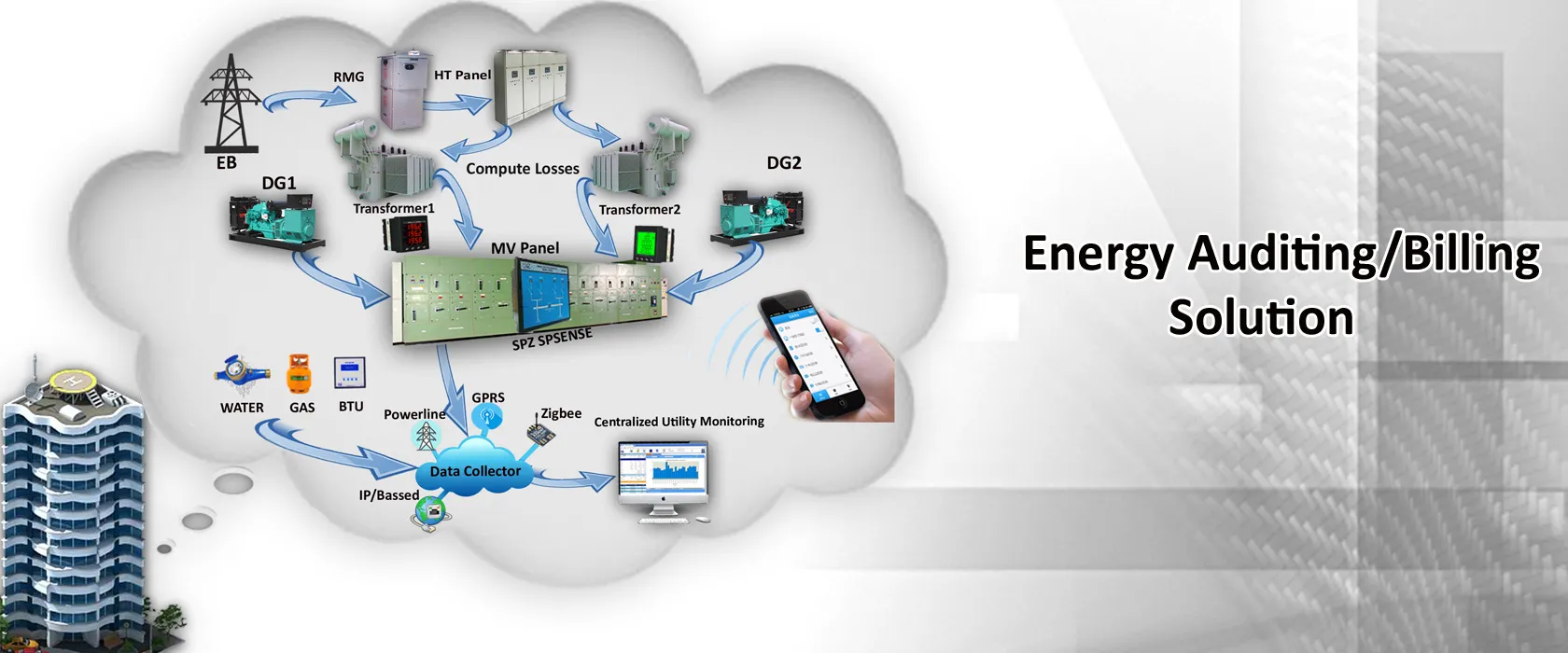
Real-time Monitoring
Instant patient-nurse communication system
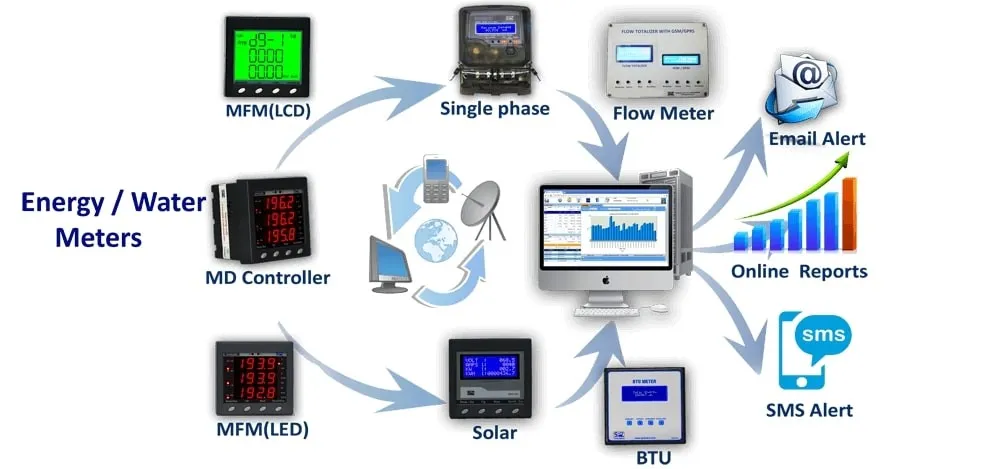
Multi-channel Alerts
Simultaneous notifications on multiple devices

User-friendly Interface
Easy-to-use dashboard for staff management
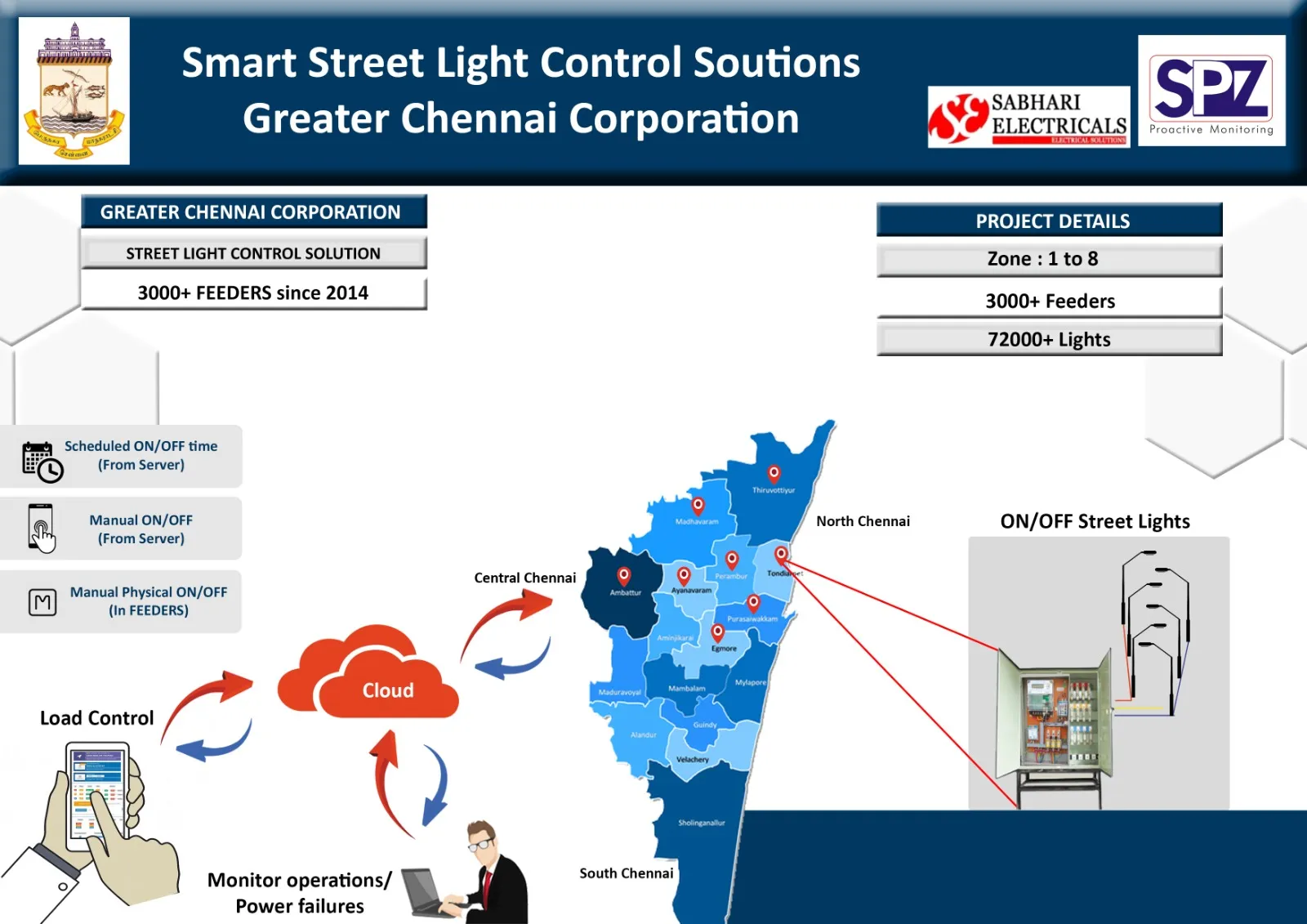
Advanced Analytics
Real-time response tracking and reporting
Applicable for
- HT Consumers
- LT Consumers
- Commercial Buildings
- Hotels
- Industries
- Malls
- IT Parks
- Hospitals

- No extra cabling is required across the building from Energy meter to Centralized computer
- Email Daily / Monthly Reports
- SMS Alerts to maintenance team
- No extra service providers, so no recurring costs
- Technology use the existing Power Line to communicate the energy consumption details to centralized computer
- Integrated with a web-based application which can be used in internet or intranet
- EB KWH and DG KWH measured separately
- PF EB and PF DG measured separately
- EB Running Hours and DG running hours per day
- (Real Time Clock) RTC based system
- Can see instant voltage / current values
- Can Monitor THD (Total Harmonic Distortion) values
- Hardware can be retrofitted to existing static energy meter (Require Protocol details)
- Minimal implementation time
- No meter reading personels required
- No data collection cost
- Energy consumption history
- Can include Fuel consumption of diesel tank in the application
- Maintenance cost is reduced
- Energy Audit done automatically as historical data available. No separate energy auditing required
- Location of energy losses can be determined through analysis of data
- Tampering of meters can be identified
- User friendly web-based system provided, no client software required. Just view the reports in web-browser. As simple as checking emails.
- Trend analysis and graphical representations of energy and fuel consumption (can provide even re-fill time / status)
- Alerts and alarms provided in the application as required by the client.
- Energy loss report between Incomer and load provided
- Transformer losses calculated
- Maximum demand controller can be integrated with the system (Alarm and Trip conditions)
- Reports can be customized as per the clients requirement.
- Application easily integrated to Tenant Billing
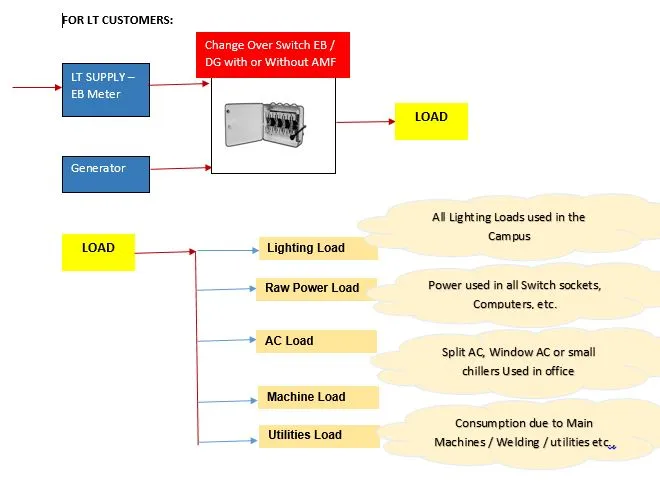
Architecture
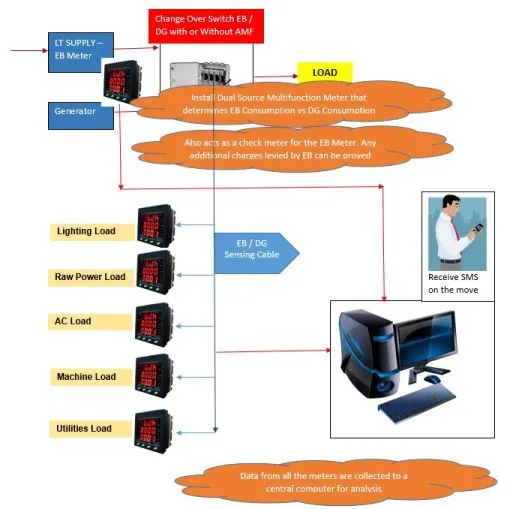
Billing roll out can be done directly by the client for all tenants
- Provision to log all the TNEB bill parameters
- Provision to include opening / closing readings of EB and DG separately
- Sharing of EB / DG done automatically by software (in case of running EB and DG simultaneously)
- Provision to include discrete consumption readings of Lighting / Power / UPS separately
- Provision to include AHU / BTU readings separately
- Provision to calculate COP (Co-efficient of Performance) and bill based on the same.
- Provision to include common readings including transformer losses and LT cable losses
- Sharing of the Taxes proportionate to each tenant (based on area of occupancy / units consumed)
- Common billing done based on rate per Sq.ft.
- Complete summary for landlord on the cost incurred to TNEB vs cost recovered from tenants
- Detailed Bill handed over to tenants
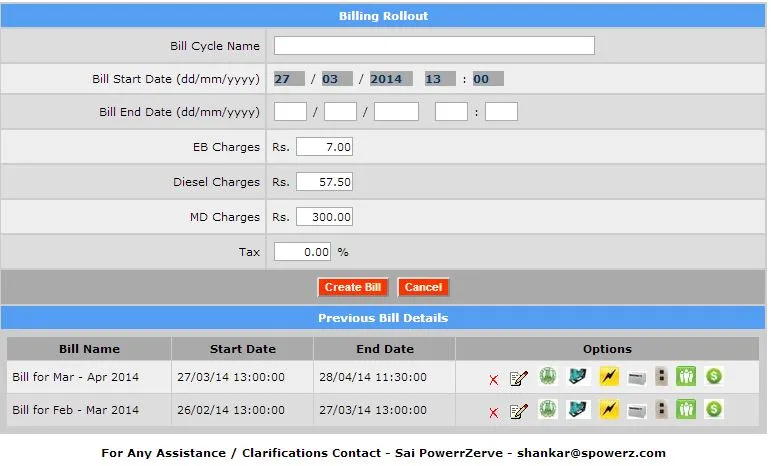


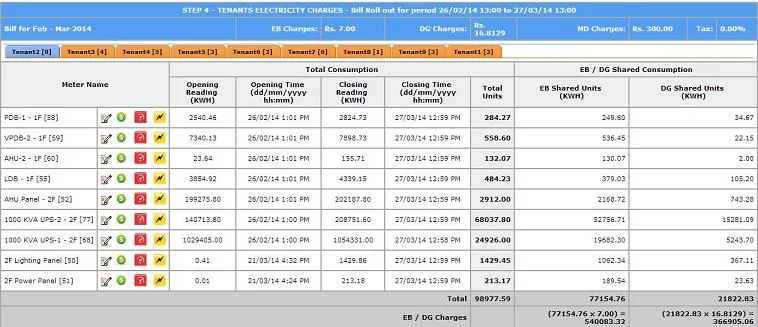
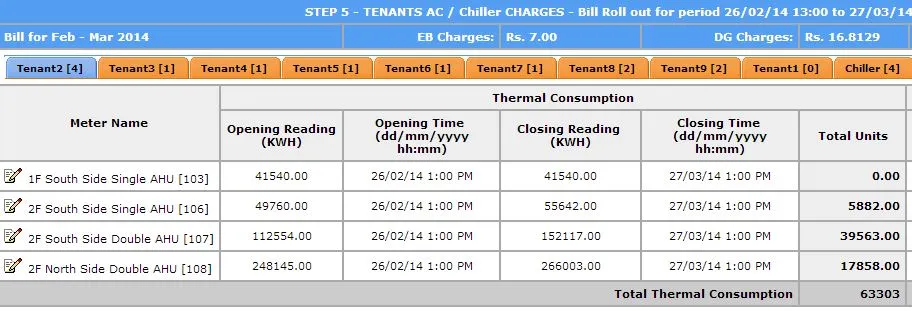
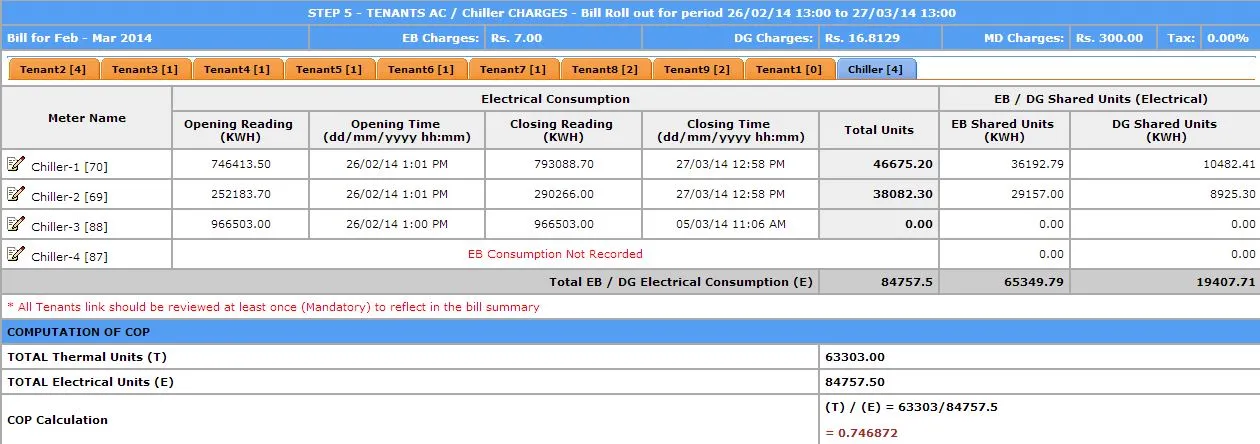
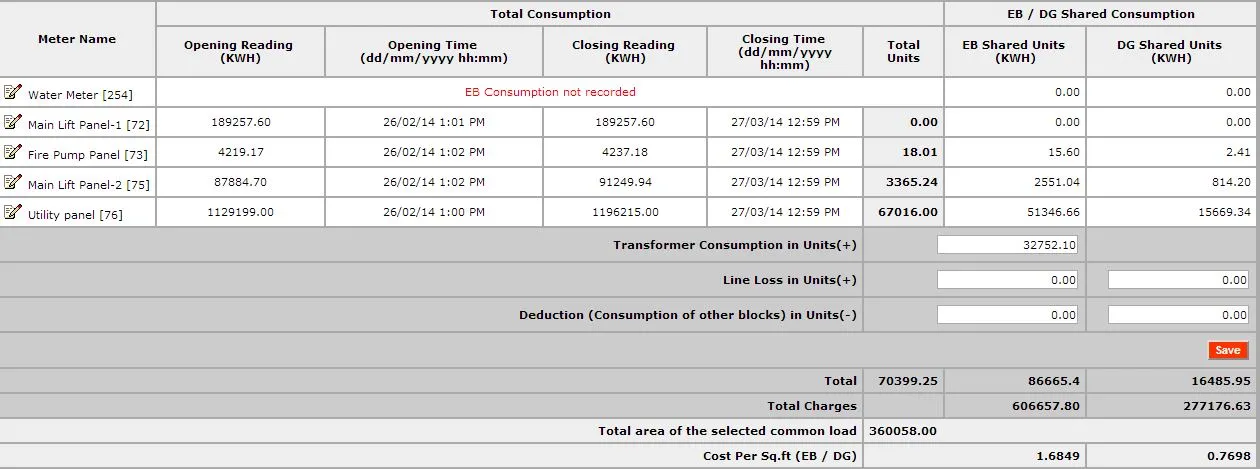
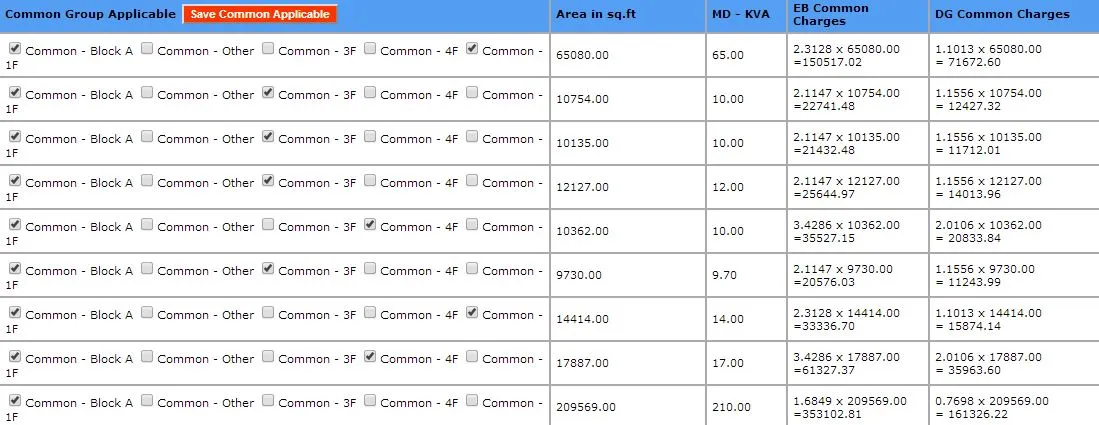
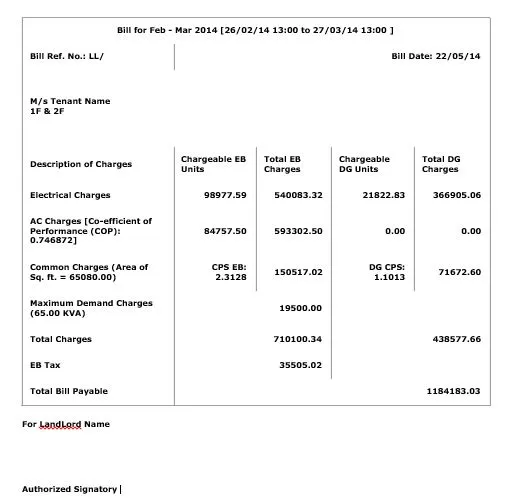
There can be various mode of communication for implementing the Building management system. This can be suggested to the client by doing a system study of the location. The factors that influence the mode of communication shall be the client's requirement / topography and feasibility. However, our BMS solution can be provided vide
- Power Line communication
- Wired (RS485) communication (conventional)
- RF (Series 2) - Zigbee Communication
- GPRS communication
Based on the location, we can also suggest a hybrid combination of the above communication modes. We can opt for any mode of communication based on the requirement of client. The Commonly used modes of communication are,
Wired (If distance is very less and cabling is possible)- Also preferred mode, if the frequency of getting the data from all meters should be very high
- Normally used for any high critical monitoring where data loss is not acceptable - dedicated wiring shall be used for communication
- Instantaneous data monitoring - possible
Power Line Communication
- Preferable for energy consumption monitoring / linked to billing
- As data is transferred through existing power line, implementation time is quick
- But, harmonic disturbances / power line interferences may result in loss of data at some instances. But the data (energy accumulation) will be received in the next iteration.
GPRS
- Preferable when the central monitoring station and the energy meters are at different locations.
- For example, one office is located at Chennai and another office at Delhi, but a monitoring station is at Bangalore, GPRS is best way to communicate.
- Monthly Recurring cost will be there
- Communication dependent on service provider (like Airtel GPRS)
- Instantaneous data monitoring not possible
RF / Zigbee
- Preferable within a shorter distances, but where no cabling can be done
- RF interferences are higher and communication is dependent on environmental conditions.
- Instantaneous data monitoring not possible
Based on the above criteria, the client can decide mode of communication as per their requirement.
